Aging Population
The Anti Snoring Device Market is significantly impacted by the aging population, which tends to experience higher rates of snoring and sleep apnea. As individuals age, physiological changes can lead to increased airway resistance, making snoring more prevalent. This demographic shift is prompting a greater demand for anti-snoring devices, as older adults seek solutions to improve their sleep quality and overall health. With the global population aged 60 and above projected to reach 2 billion by 2050, the market is likely to expand in response to this growing segment. The increasing awareness of sleep health among older adults may further drive the adoption of anti-snoring devices, potentially leading to a market growth rate of around 8% in the coming years.
Diverse Product Offerings
The Anti Snoring Device Market is characterized by a diverse range of product offerings, catering to various consumer preferences and needs. From nasal strips to mouthpieces and positional therapy devices, the variety allows consumers to select products that best suit their individual requirements. This diversity not only enhances consumer choice but also stimulates competition among manufacturers, leading to continuous innovation and improvement in product quality. As a result, the market is likely to see an increase in sales, with projections indicating a growth rate of approximately 9% in the next five years. The availability of multiple options ensures that consumers can find effective solutions tailored to their specific snoring issues.
Increased Health Awareness
The Anti Snoring Device Market is witnessing a notable increase in health awareness among consumers, which is driving the demand for effective anti-snoring solutions. As individuals become more conscious of the health implications associated with snoring, such as cardiovascular issues and daytime fatigue, they are more inclined to invest in devices that promise better sleep quality. This heightened awareness is further fueled by educational campaigns and health initiatives that emphasize the importance of sleep hygiene. Consequently, the market is projected to grow as consumers prioritize their health and well-being, with an estimated growth rate of 7% anticipated over the next few years.
Technological Advancements
The Anti Snoring Device Market is experiencing a surge in technological advancements, which enhances the efficacy and user experience of these devices. Innovations such as smart sensors and mobile applications allow for real-time monitoring of snoring patterns, providing users with personalized feedback. This integration of technology not only improves the functionality of anti-snoring devices but also appeals to a tech-savvy consumer base. As a result, the market is projected to grow at a compound annual growth rate of approximately 8% over the next five years, driven by the demand for more sophisticated solutions. Furthermore, the incorporation of artificial intelligence in these devices may lead to more effective treatments, thereby expanding the market's reach and potential.
Rising Prevalence of Sleep Disorders
The Anti Snoring Device Market is significantly influenced by the rising prevalence of sleep disorders, particularly obstructive sleep apnea and chronic snoring. According to health statistics, nearly 30% of adults experience some form of sleep disruption, which has led to an increased demand for effective solutions. This growing awareness of sleep-related health issues has prompted consumers to seek out anti-snoring devices as viable alternatives to traditional treatments. The market is likely to benefit from this trend, as more individuals recognize the importance of quality sleep for overall health. Consequently, the demand for anti-snoring devices is expected to rise, potentially leading to a market expansion of around 10% in the coming years.


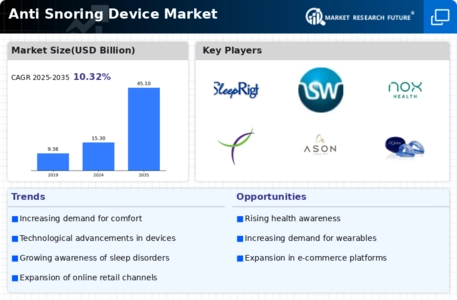
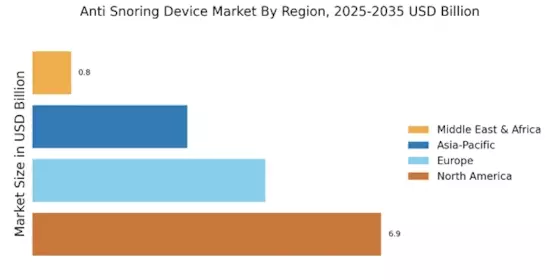
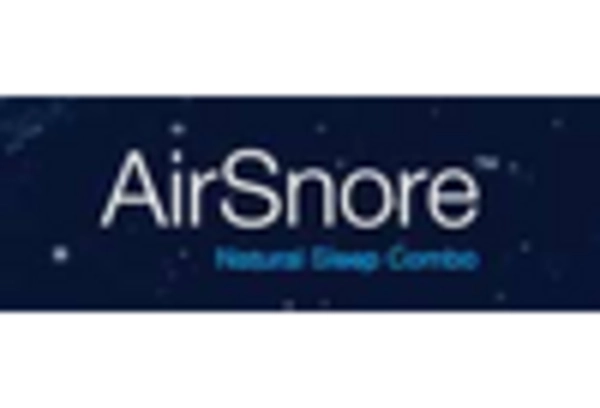
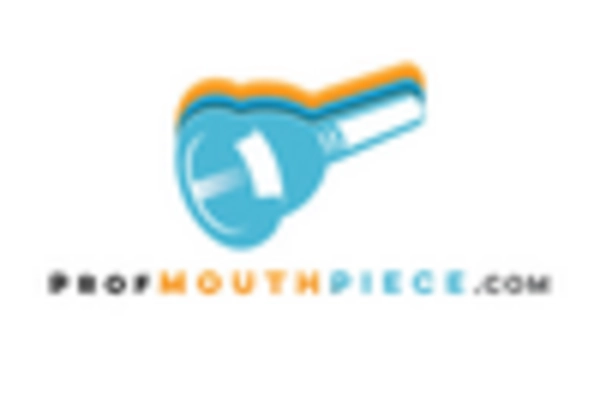
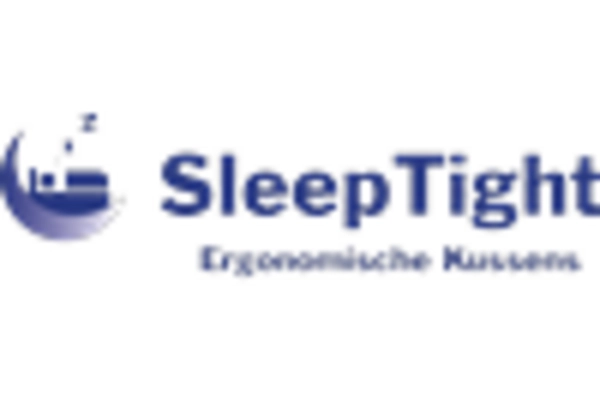
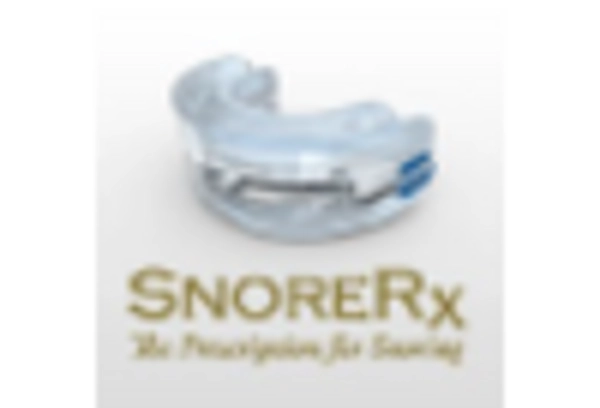
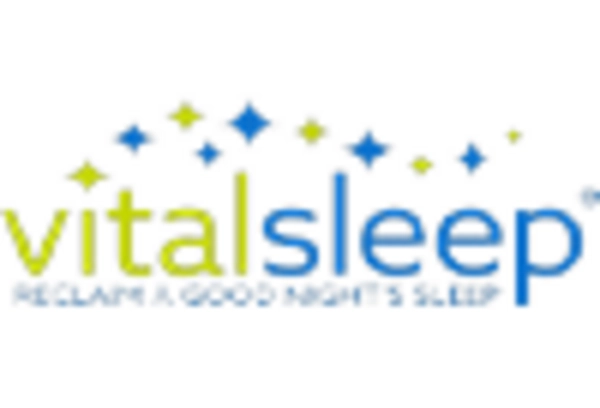
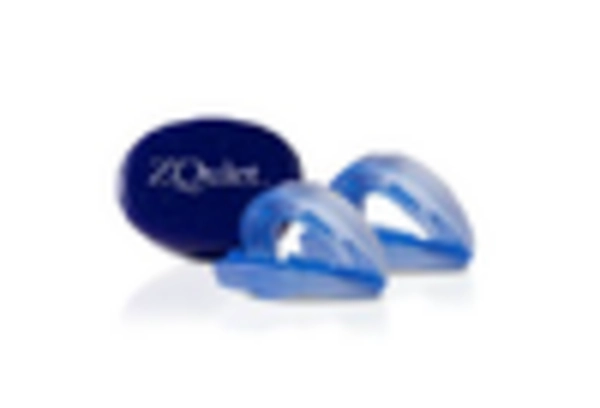








Leave a Comment